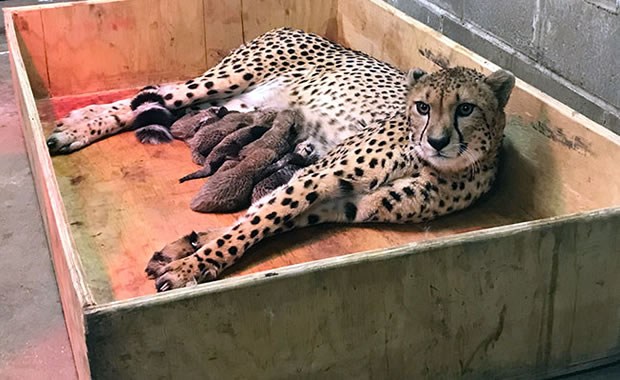Creature Profile
The dwarf hutia was once found throughout Cuba, but today it may only occur in the Zapata Swamp on the Zapata Peninsula in south-central Cuba. Dwarf hutias have not been spotted in the wild since the 1930s, but it is thought that some may still exist because of tracks and feces that have been seen recently. As its name suggests, the dwarf hutia is the smallest of all hutias. Hutias are heavily-built, guinea pig-like rodents with broad rounded heads. They have relatively small eyes and short rounded ears. The average tail and body length of the dwarf hutia is not known. Hutia fur is generally thick and varies from pale gray to a very dark gray. Some hutias have prehensile tails, meaning they are able to use them for gripping and climbing.
Dwarf hutias may now only be found on dry islets in its range. Generally, hutias inhabit forested or rocky areas where they prefer to remain in trees. Hutias are known to climb well and use tree holes and rock crevices as dens. Similar species of the dwarf hutia are known to build large stick nests in areas of mangrove forest. They are very social and may share these nests with other families. Hutias are generally herbivorous, feeding on a variety of bark, leaves, and fruits. Little is known about the reproductive behavior of the dwarf hutia. Females give birth to only one young.
Dwarf hutias are possibly extinct because of habitat loss due to agricultural development and predation by introduced mongooses. It was listed as endangered in 1986, but since the species is rare and has not been spotted in a long time, very few additional conservation measures have been taken to preserve the species.
Wikipedia Article

|
Wikipedia Article Copyright Notice: This article is licensed under the GNU Free Documentation License. It uses material from the Wikipedia article "Dwarf hutia". |
April 29, 2017
Glenn, C. R. 2006. "Earth's Endangered Creatures - Dwarf Hutia Facts" (Online). Accessed 7/26/2024 at http://earthsendangered.com/profile.asp?sp=198&ID=5.
Need more Dwarf Hutia facts?



